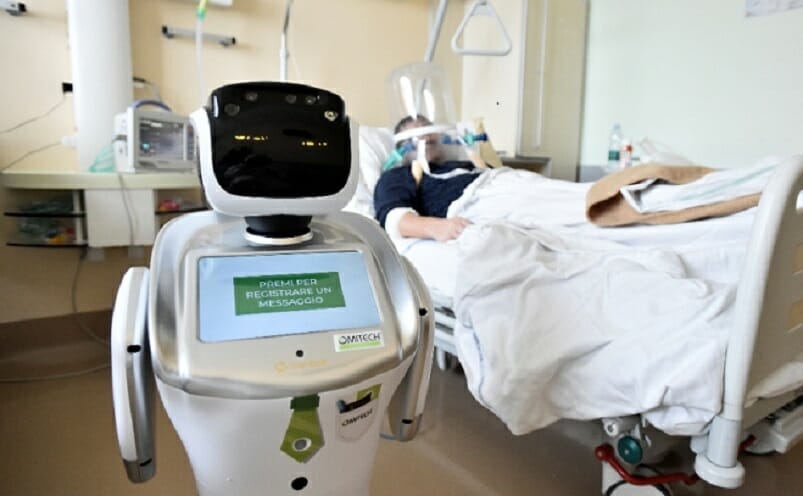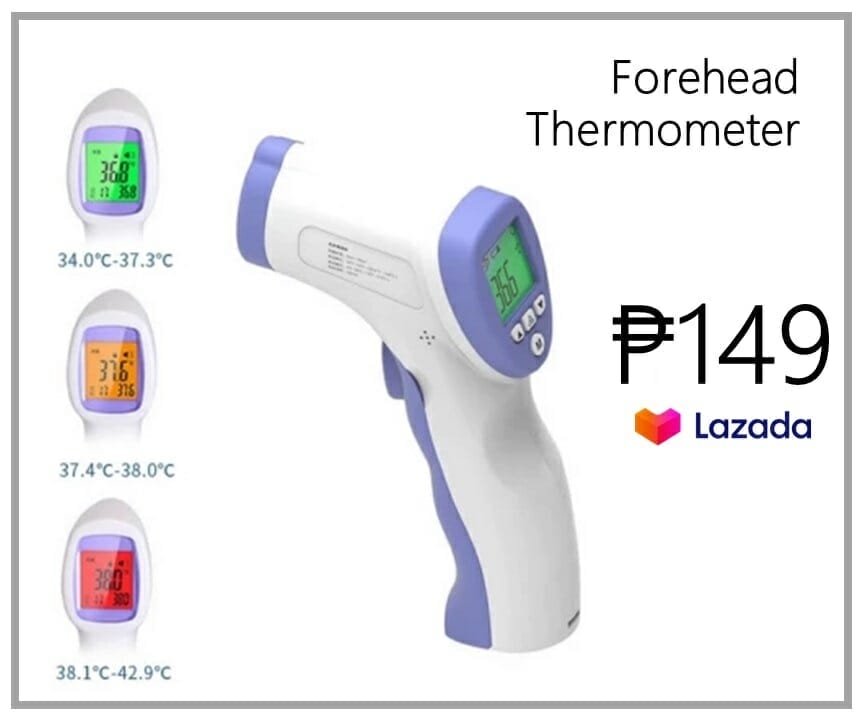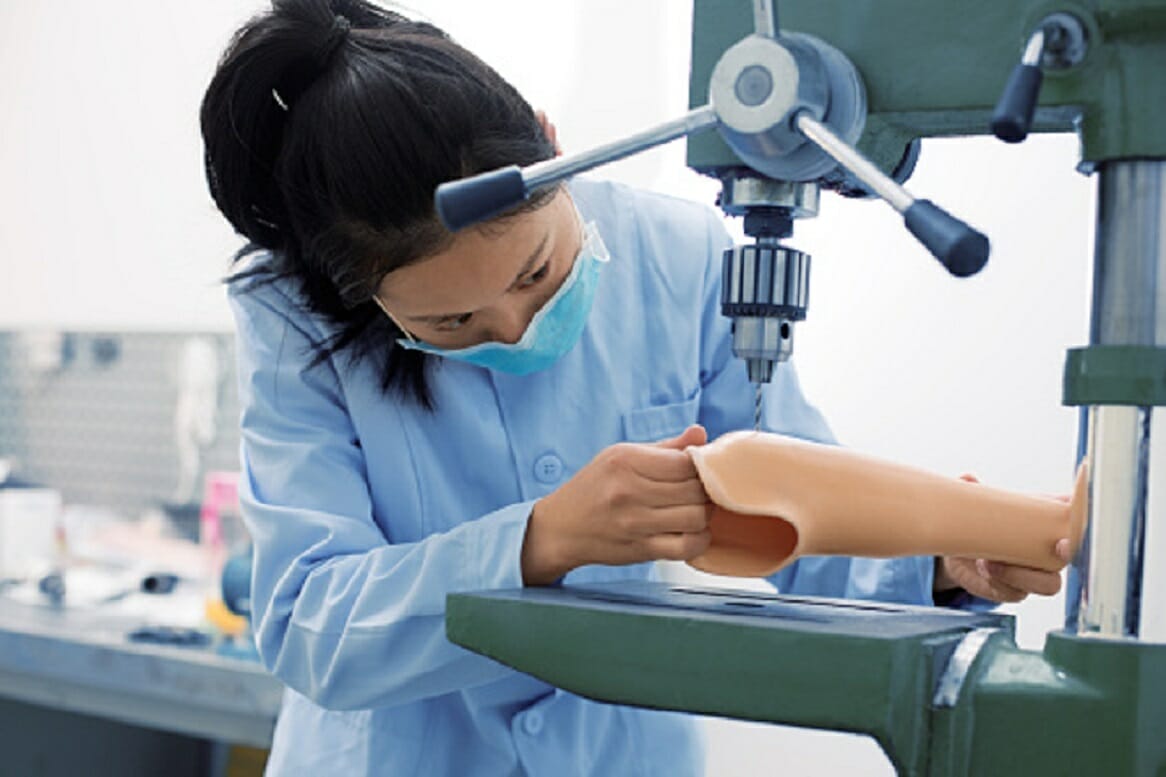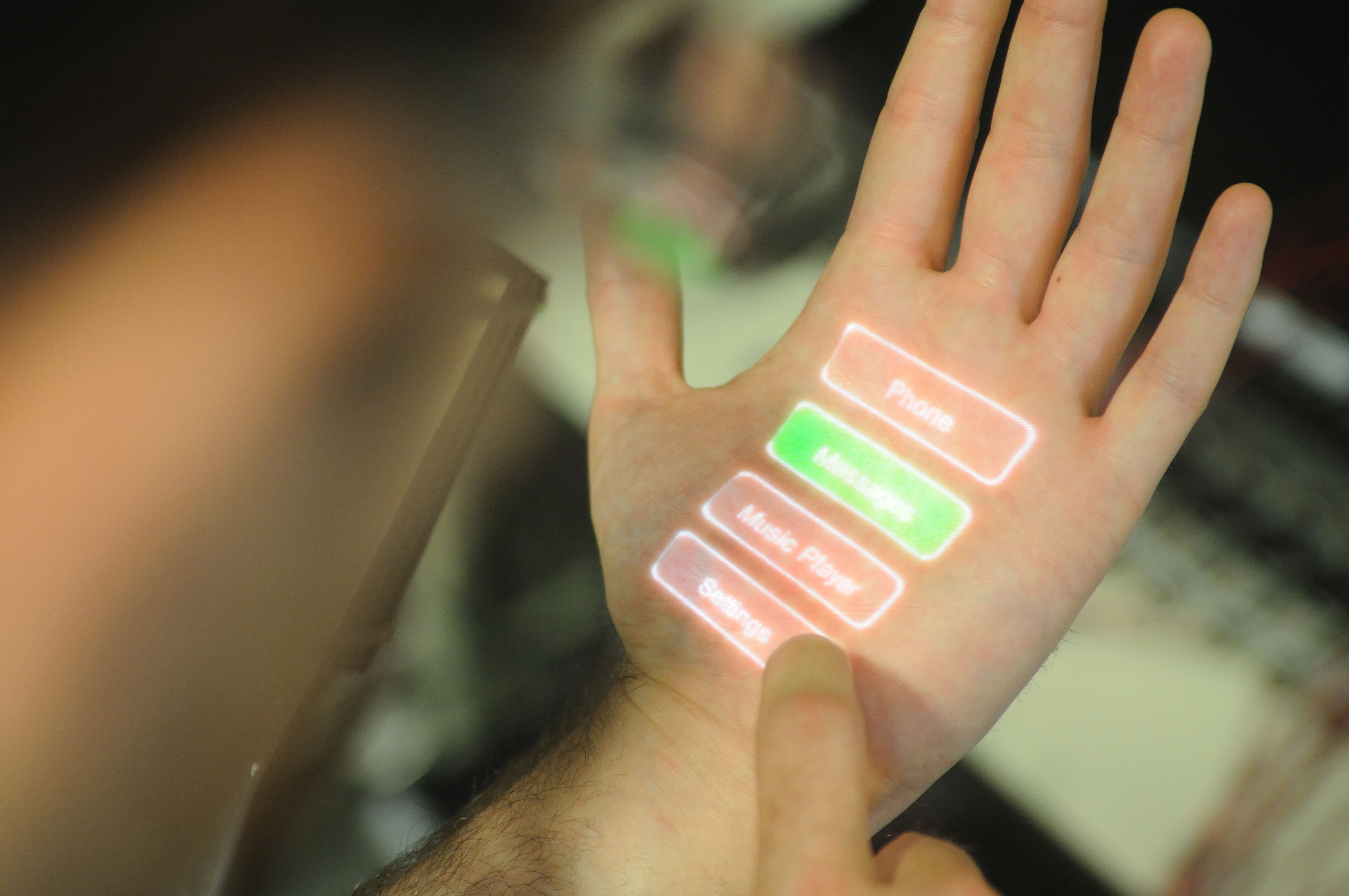Magnificent medical technologies are trending in the healthcare sector.
Over the last few decades, technology has significantly changed how we live our lives and perform various activities that were considered a hassle just by a click. The appropriate wording here is that technology has made our lives much faster, more convenient, and more accessible. Medicine and healthcare are not untouched by this advancing technology. In the past decade, the research priorities have changed, the companies like the plasmid manufacturing company have updated their manufacturing processes according to the latest technology, and advanced technology like artificial intelligence is also on the horizon for being instilled into the healthcare industry. Let’s look at some of the marvelous medical technologies of 2022!
1. Smart Medical Devices
The internet craze is only going up, might as well use it for something positive. The new telehealth or telecare technology gives doctors a platform to provide healthcare services on the internet. It has many benefits for both the patient and the doctor. For patients, it is convenient and accessible and no commute is required to get medical help. A doctor can give beneficial medical advice from the comfort of their home. But we have to admit, not everything can be done virtually because to give accurate medical advice certain data is required, like blood pressure, glucose levels, etc. Now, technology is advancing rapidly in such a way that wearable devices are being made. These devices can track a person’s blood pressure or heart rate etc and send the data to the doctor. It will help a lot in collecting important data.
2. Augmented, Virtual and Mixed Reality
Augmented Reality (AR) lets the user see the real world and digital information of projects, Virtual Reality (VR) is based on a complete simulation, and Mixed Reality (MR) lets the user interact with the world and project data into it.
These technologies have opened new unimagined doors for learning and applying medical skills. For Example, surgeons can use AR to project information about the surgery being performed on their eyes, VR can be used to treat various phobias in the psychiatry g field, and Mixed reality can help the education of medical postgraduates and before planning surgery.
Microsoft HoloLens is a technology that helps in medical education by projecting the 3D anatomy of the individual with all the bones, veins, nerves, and muscles visible. Visual 3D anatomical information can be more easily retained as compared to just reading texts from the book.
3. Artificial Intelligence (AI)
From being an imaginary concept in Sci-Fi movies, artificial intelligence (AI) is rapidly becoming a reality. AI has proved to be beneficial in the early diagnosis of various diseases like breast cancer. AI automatically reads mammograms faster and more accurately. AI is also being instilled in the management and early detection of cardiac diseases. Furthermore, AI is currently being used in the pharmaceutical industry for drug research and discovery. AI provides convenient ways for research and marketing new drugs, hence, making the drugs cost-effective.
4. 3D Printing
The hottest technology from the past few years is 3D printing. In the medical field, 3D printers help in making prosthetic joints and implants by following measurements down to the last micro millimeter, making the results immaculate. Presurgical planning is also being revolutionized by 3D printing. The replica produced by 3D printers of exact patient anatomy helps the surgeons attempt procedures they normally wouldn’t dare. In the pharmaceutical industry, drugs and capsules are also produced by 3D printers now. In 2015, FDA approved an epilepsy drug Spritam made by a 3D printer. As we all know, children give a very hard time following their prescriptions. To make the medicines more attractive and fun for the children, a 3D printer is used to make medicines that are shaped like animals and objects.
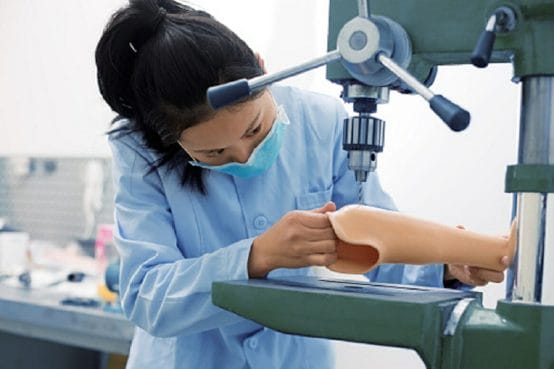
5. Technology and Mental Health
An estimate showed that by 2030, depression will be the most burdensome disease prevailing in the world. Hence, the need for new therapies is increasing exponentially.
Nowadays, smartphones have access to apps that can diagnose depression without going to an expert. To deliver mental health treatments AIs are also being used. AI chat boxes help people practice their cognitive behavioral therapy. There are now voice applications available that diagnose emotional stress through the voice patterns of an individual. There are symptom tracking apps available that help the patients log their symptoms daily. It can help in an early diagnosis because an AI algorithm keeps track of this data and provides alerts to the user in case of any warning signs.
To improve the attention span of ADHD-diagnosed children, the FDA approved a video game called EndeavorRx. This game requires a prescription. This sets the path for the future use of video games as a treatment for many mental disorders.
Take Away: The Magnificent Medical Technologies of 2022
It’s fascinating how technology is replacing human service. The world is being robotized at an alarming speed. These new technologies have opened new doors for people suffering from various medical conditions. With time, the influence of technology on the medical field will only increase. Technology is here to stay.


